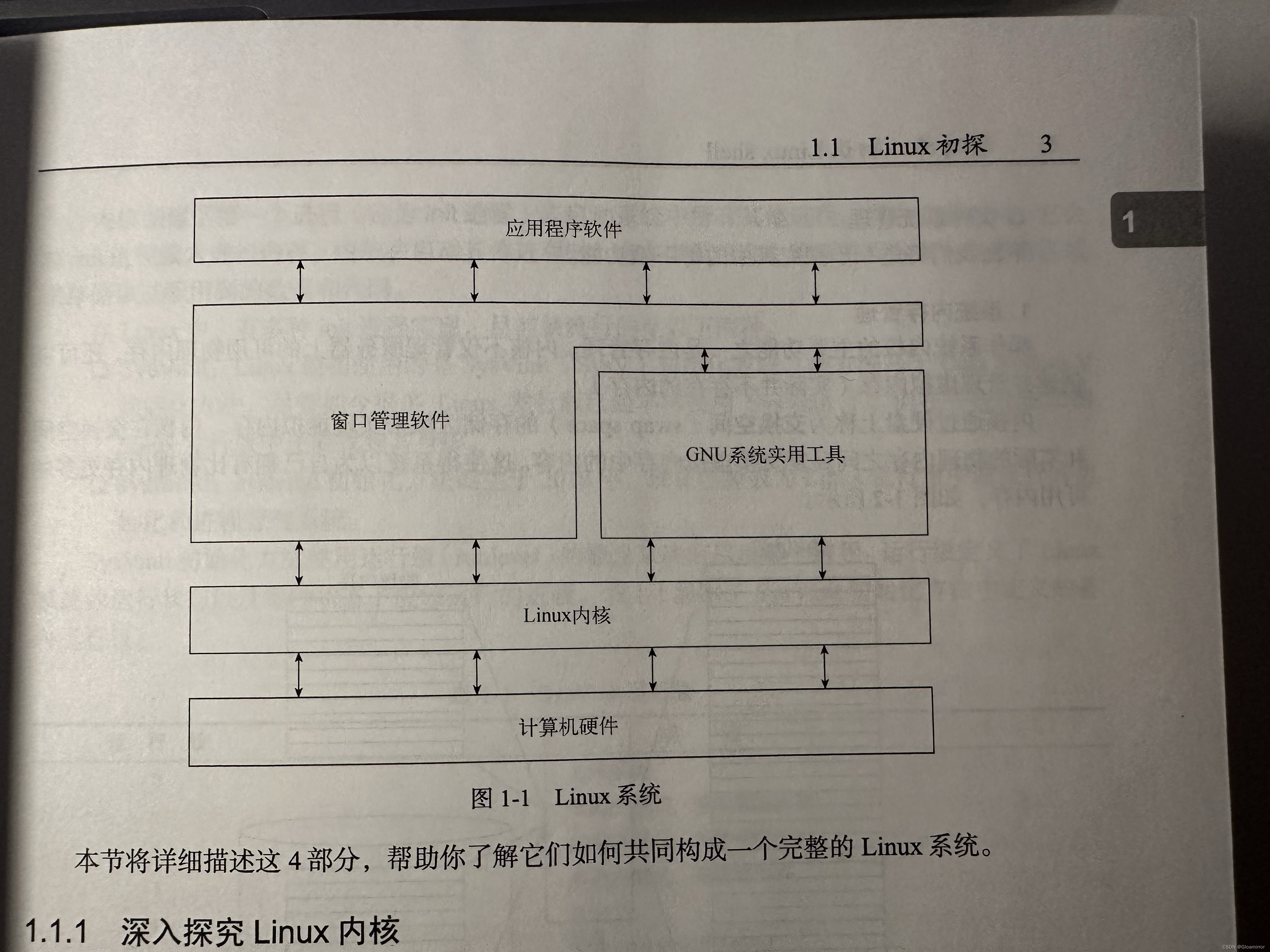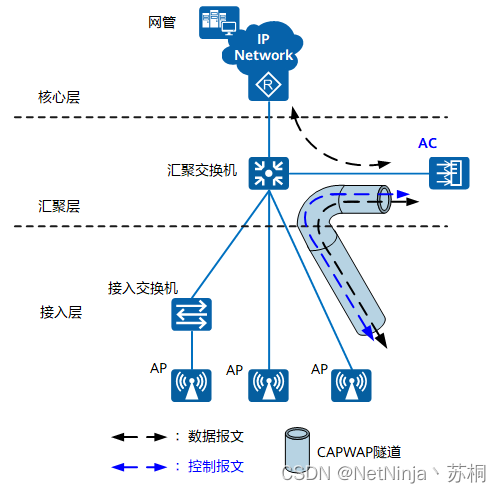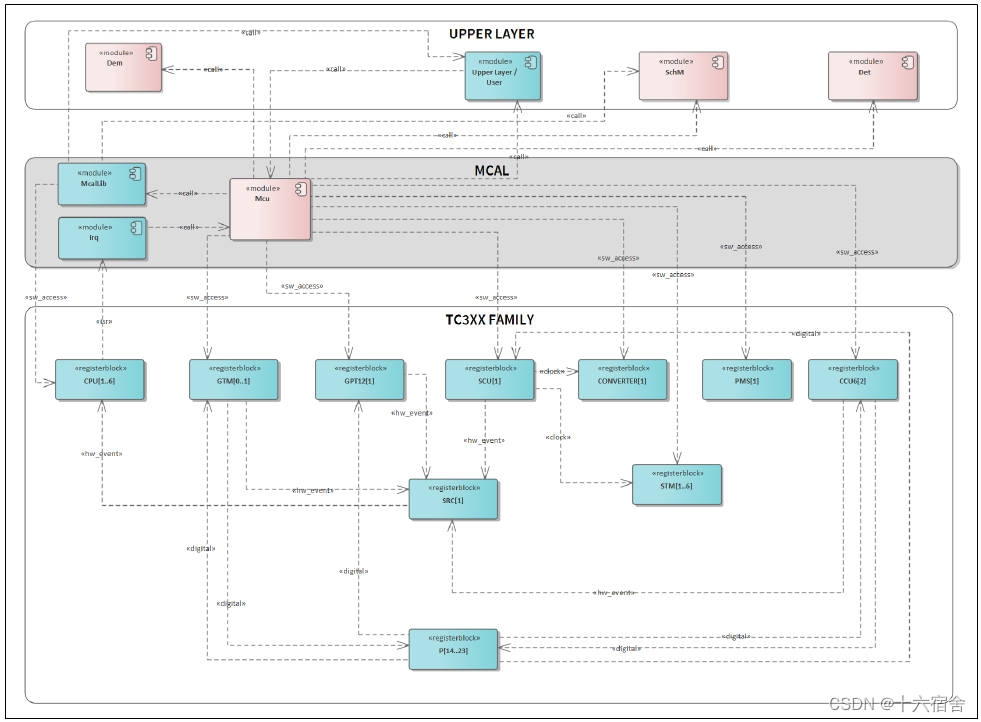目录
ChatGLM3-6B的函数调用模式示例
ChatGLM3-6B目前有三种使用模式:
- 对话模式
- 工具模式(也就是本文要介绍的函数调用)
- 代码解释器模式
函数调用模式示例:
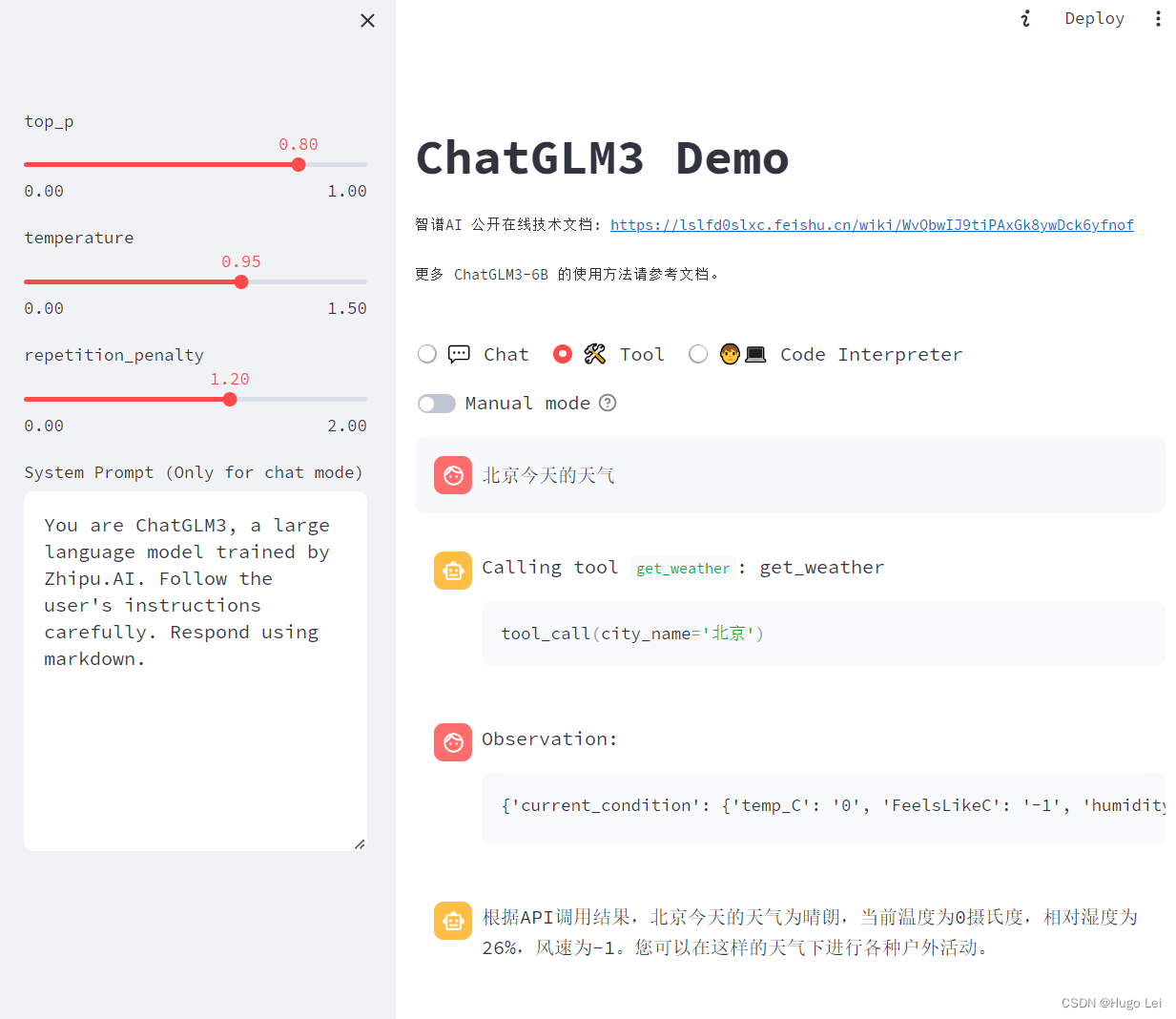
函数调用模式介绍:
- 首先进入Tool工具模式
- 询问“北京今天的天气”
- 大模型自动识别出,要调用get_weather工具(函数),且参数是“北京”
- 大模型接着调用get_weather,入参=北京,获取到函数执行的结果
- <|Observation|>展示的是函数的执行结果
- 紧接着大模型根据上述内容,继续生成回答“根据APIxxxxxxxxxxxx”
本地启动ChatGLM3-6B工具模式
进入conda对应的环境
conda activate chatglm进入composite_demo目录
cd composite_demo修改为使用本地模型,参考LLM大语言模型(一):ChatGLM3-6B本地部署-CSDN博客
# 修改client.py
MODEL_PATH = os.environ.get('MODEL_PATH', '====你的本地模型的绝对路径====')启动模型
# 在composite_demo目录下
streamlit run main.py然后在页面选择Tool模式即可。
如何在ChatGLM3-6B里新增一个自定义函数呢?
首先我们看下get_weather函数是如何实现的。
在composite_demo目录下有个tool_registry.py文件,里面包含两个已经定义好的函数:
random_number_generator
get_weather
其中get_weather就是上文对话中用到的函数。
get_weather基于Python的装饰器实现
@register_tool
def get_weather(
city_name: Annotated[str, 'The name of the city to be queried', True],
) -> str:
"""
Get the current weather for `city_name`
"""
if not isinstance(city_name, str):
raise TypeError("City name must be a string")
key_selection = {
"current_condition": ["temp_C", "FeelsLikeC", "humidity", "weatherDesc", "observation_time"],
}
import requests
try:
resp = requests.get(f"https://wttr.in/{city_name}?format=j1")
resp.raise_for_status()
resp = resp.json()
ret = {k: {_v: resp[k][0][_v] for _v in v} for k, v in key_selection.items()}
except:
import traceback
ret = "Error encountered while fetching weather data!\n" + traceback.format_exc()
return str(ret)get_weather功能很简洁,最终是从
https://wttr.in/{city_name}?format=j1获取天气信息(https://wttr.in/%E5%8C%97%E4%BA%AC?format=j1)
函数注解@register_tool
register_tool的功能是将自定义的函数,转化为大模型需要的格式。
def register_tool(func: callable):
tool_name = func.__name__
tool_description = inspect.getdoc(func).strip()
python_params = inspect.signature(func).parameters
tool_params = []
# 解析param的Annotation
for name, param in python_params.items():
annotation = param.annotation
if annotation is inspect.Parameter.empty:
raise TypeError(f"Parameter `{name}` missing type annotation")
if get_origin(annotation) != Annotated:
raise TypeError(f"Annotation type for `{name}` must be typing.Annotated")
typ, (description, required) = annotation.__origin__, annotation.__metadata__
typ: str = str(typ) if isinstance(typ, GenericAlias) else typ.__name__
if not isinstance(description, str):
raise TypeError(f"Description for `{name}` must be a string")
if not isinstance(required, bool):
raise TypeError(f"Required for `{name}` must be a bool")
tool_params.append({
"name": name,
"description": description,
"type": typ,
"required": required
})
tool_def = {
"name": tool_name,
"description": tool_description,
"params": tool_params
}
print("[registered tool] " + pformat(tool_def))
_TOOL_HOOKS[tool_name] = func
_TOOL_DESCRIPTIONS[tool_name] = tool_def
return funcregister_tool函数实现了装饰器,它将自定义的函数转换为tool_def dict,其中自动生成了name,description,params等信息
{
'name': 'get_weather',
'description': 'Get the current weather for `city_name`',
'params': [
{
'name': 'city_name',
'description': 'The name of the city to be queried',
'type': 'str',
'required': True
}
]
}最终通过get_tools()将自定义的函数都暴露出去。
在上述demo中,其实是demo_tool.py里调用了get_tools()获取到所有的自定义函数。
def get_tools() -> dict:
return copy.deepcopy(_TOOL_DESCRIPTIONS)现在我们来自定义一个kuakuawo()函数
@register_tool
def kuakuawo(
name: Annotated[str, 'The name of the user', True],
) -> str:
"""
Generates a awesome praise for user
"""
return f"{name} 你真的太棒了"看看效果
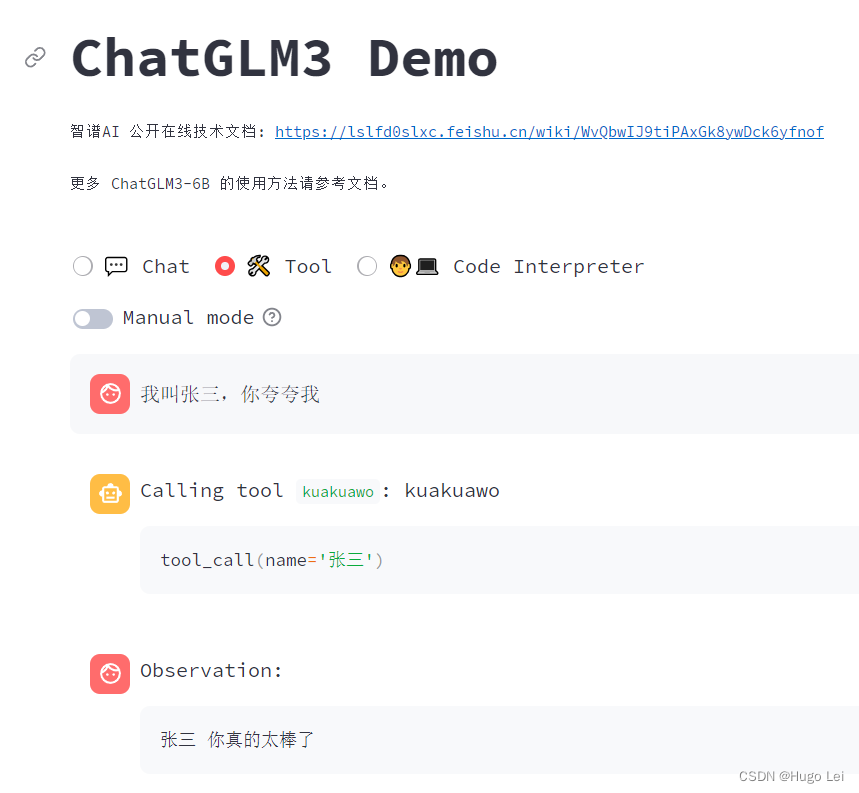
参考:

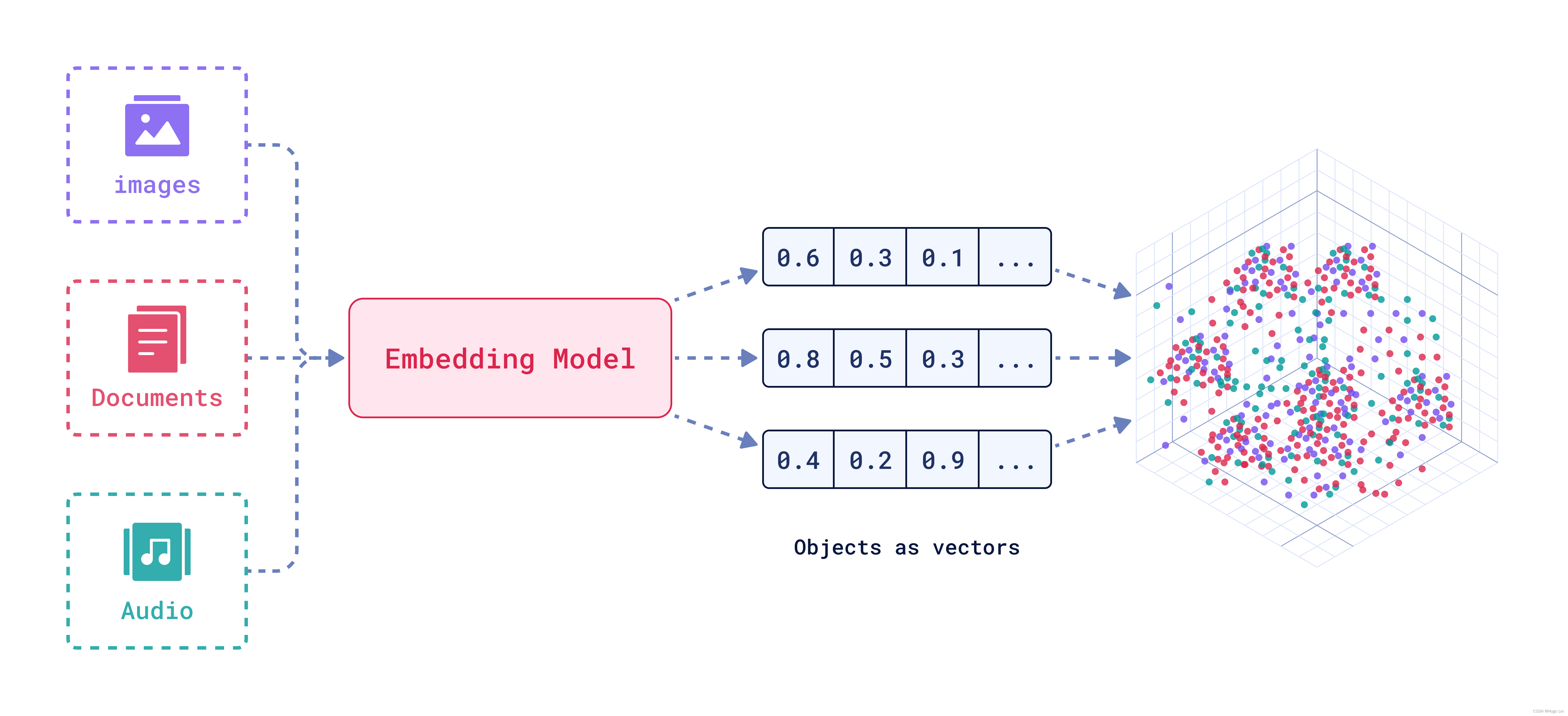




![系统<span style='color:red;'>学习</span><span style='color:red;'>Python</span>——<span style='color:red;'>装饰</span><span style='color:red;'>器</span>:<span style='color:red;'>函数</span><span style='color:red;'>装饰</span><span style='color:red;'>器</span>-[跟踪<span style='color:red;'>调用</span>]](https://img-blog.csdnimg.cn/direct/e475e985c5a6447abe0707f02345a769.png)

























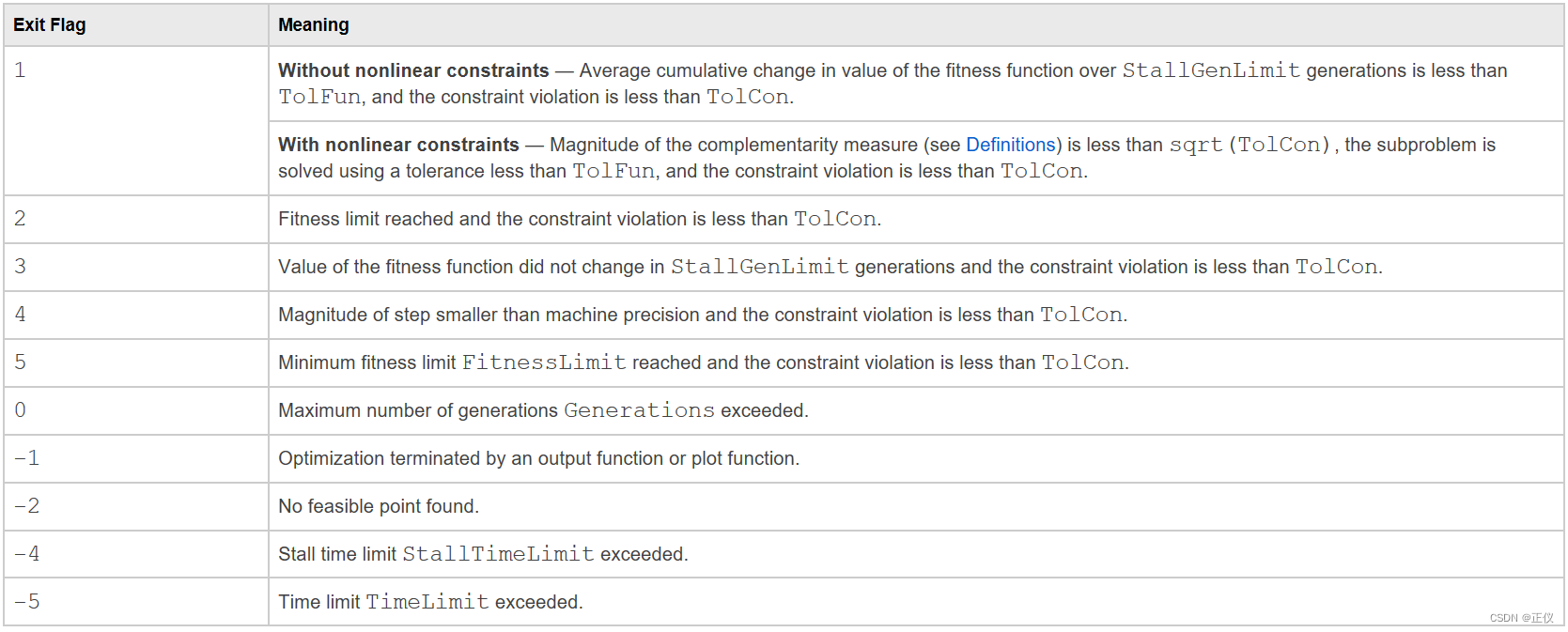


![单词接龙[中等]](https://img-blog.csdnimg.cn/direct/ecdc160d132d4d6983fd3aaf2ab4dc2c.png)

